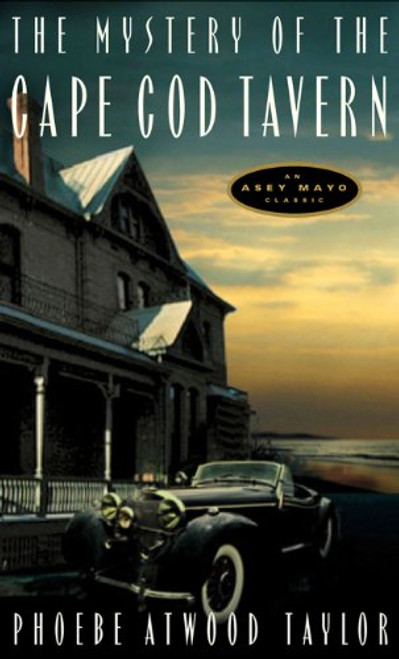Product Overview
When anyone is asked to draw what they consider the quintessential American home, the result is usually a symmetrical, one and a half story structure, with a chimney in the middle, and windows on either side of a centrally placed front door. In other words, a Cape Cod house. From the mid-1600s to about 1850, Capes were built all across New England, homes to fishermen and farmers, to city dwellers and shipwrights. Their low-slung design meant they were economical, easy to build, and generally impervious to the bracing winds that swept in from the ocean. They could be enlarged by equally symmetrical wings, and if you couldn't afford clapboards all around, you could easily sheath the back and sides with inexpensive cedar shingles and let them weather to a stormy gray.
In short, these were the structures that worked their way into our native psyche and hearts. When the population exploded after World War II, Royal Barry Wills tweaked his blueprints and managed to adapt a basically 17th century design to the exigencies of 20th century living. It became the design of choice for the burgeoning suburbs, from the modest 720 square foot models of Levittown to the sprawling, expanded Capes of Concord.
What you will find in this classic book is the history of these homes accompanied by charming pencil drawings of floor plans, interior rooms, and entire houses. The text is readable, historically accurate, and, at least for our money, downright fascinating. Completely reset, finally available in paperback, and full of information, this book is as simple, elegant, and accessible as the houses it describes.






